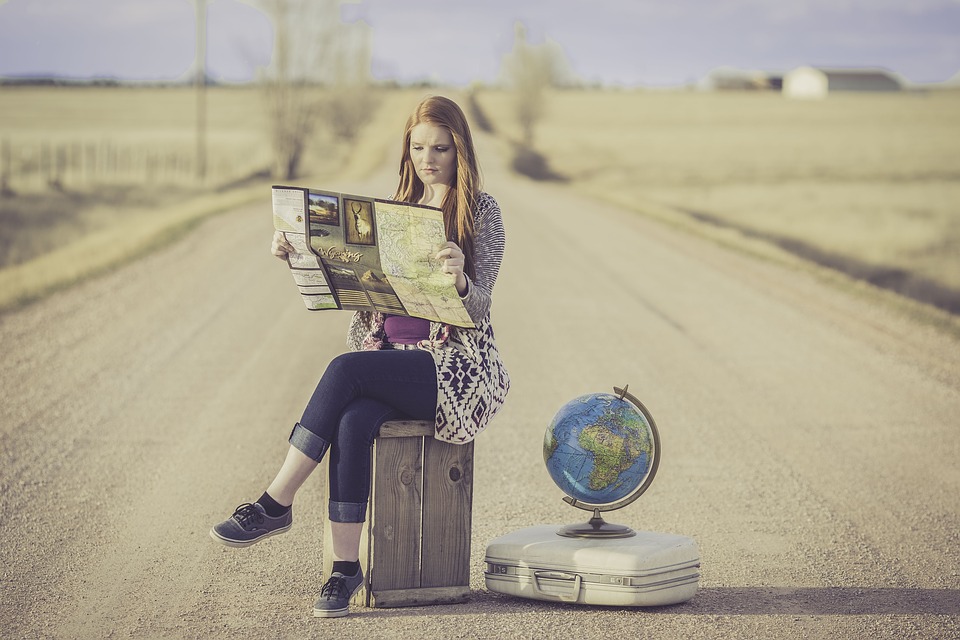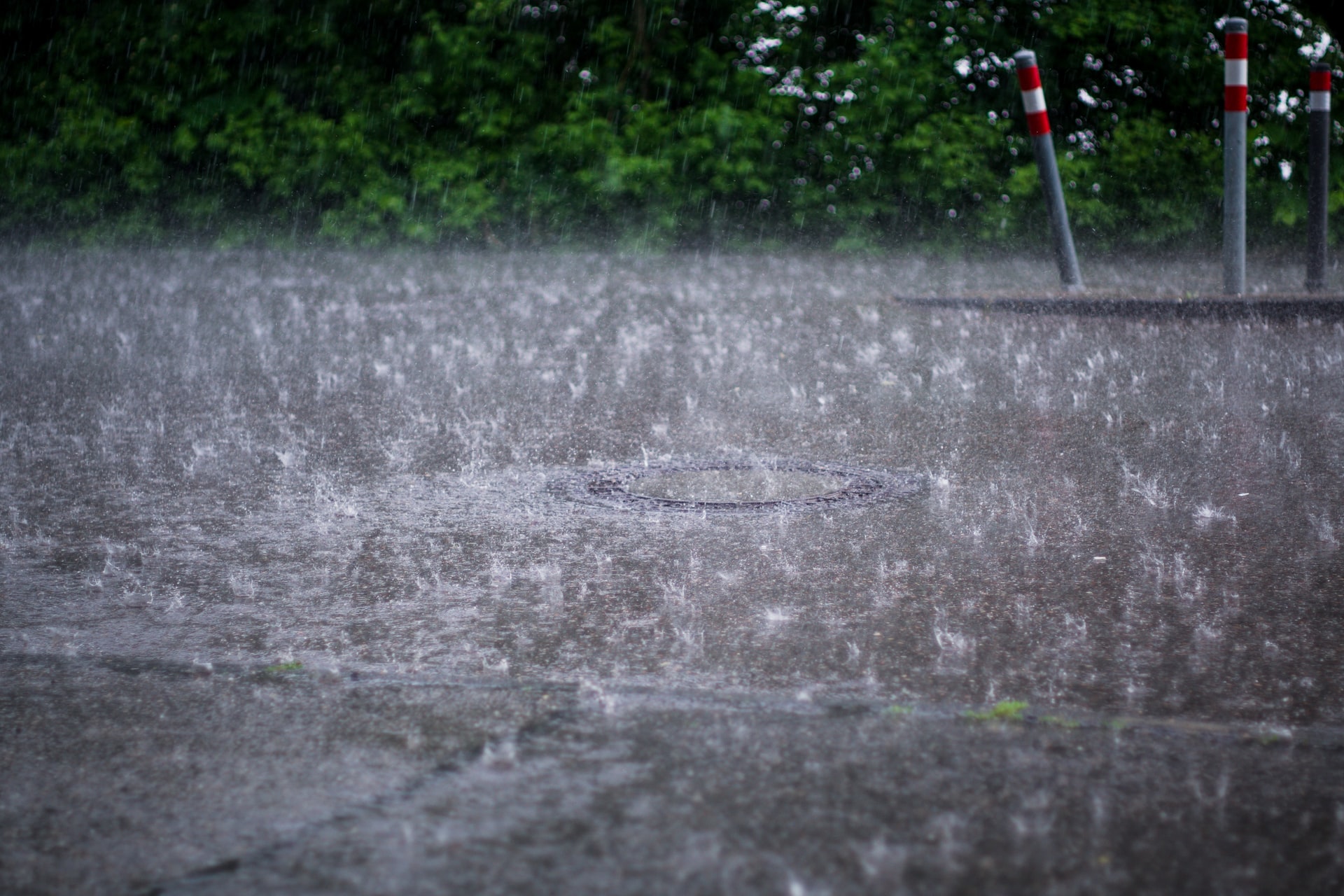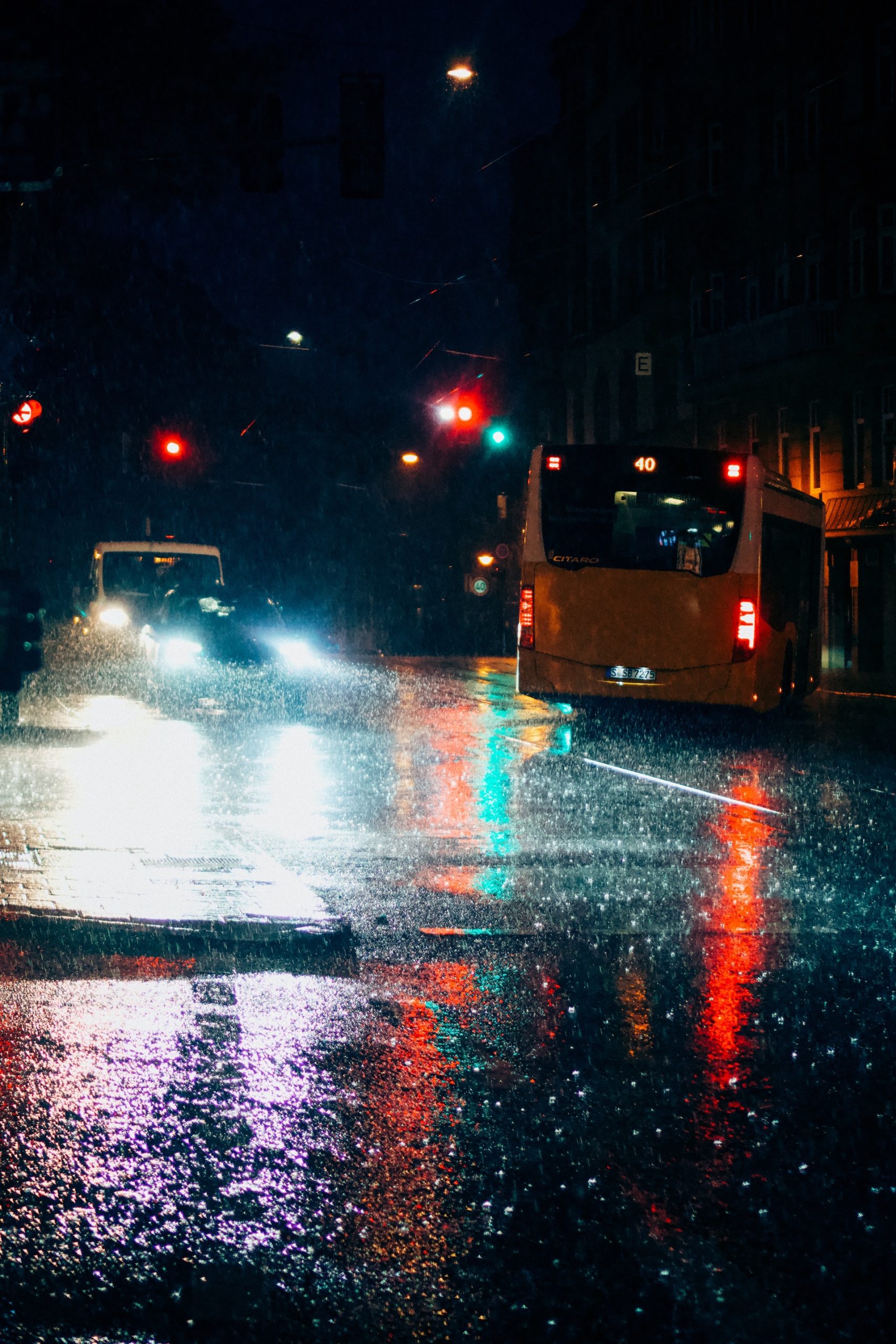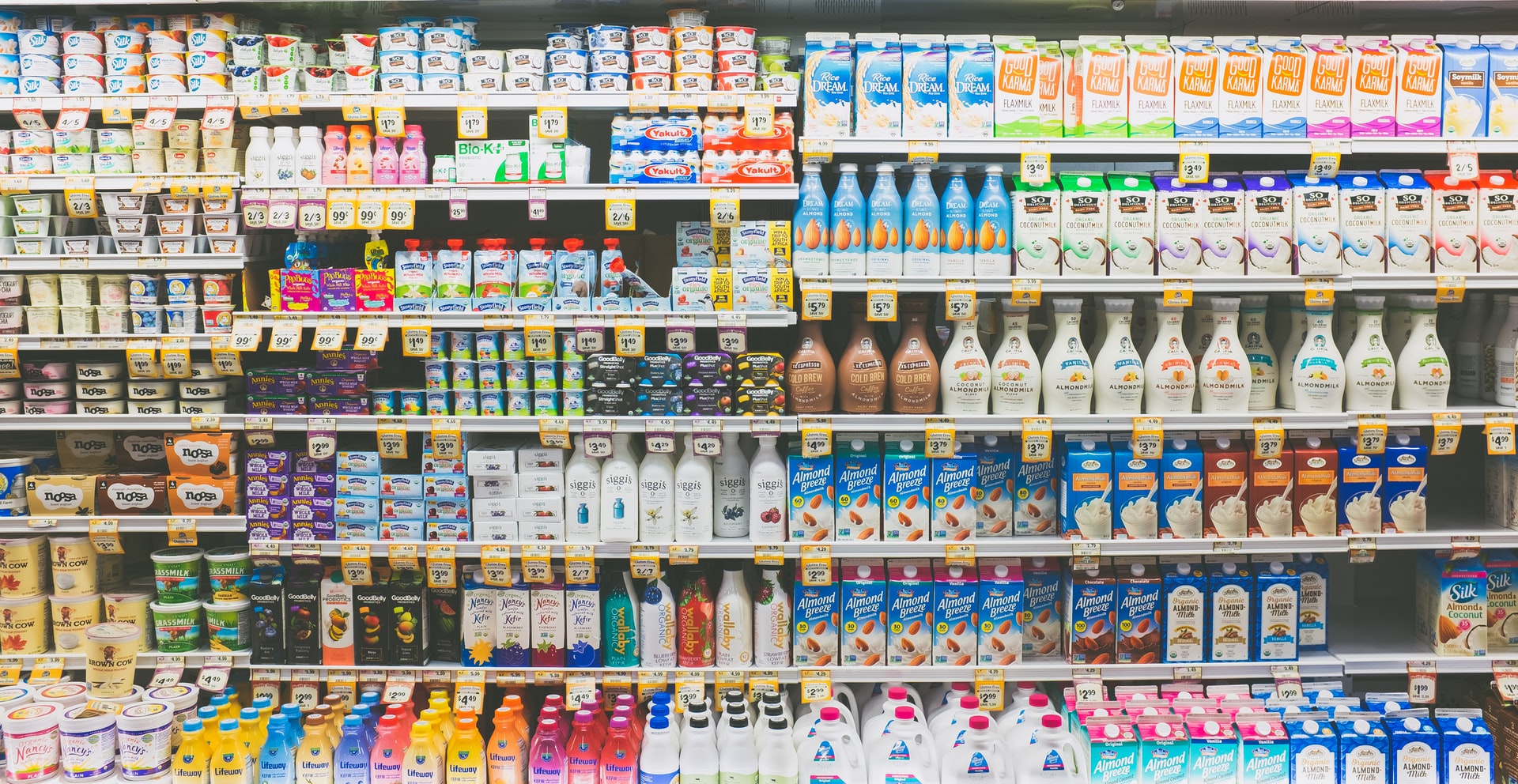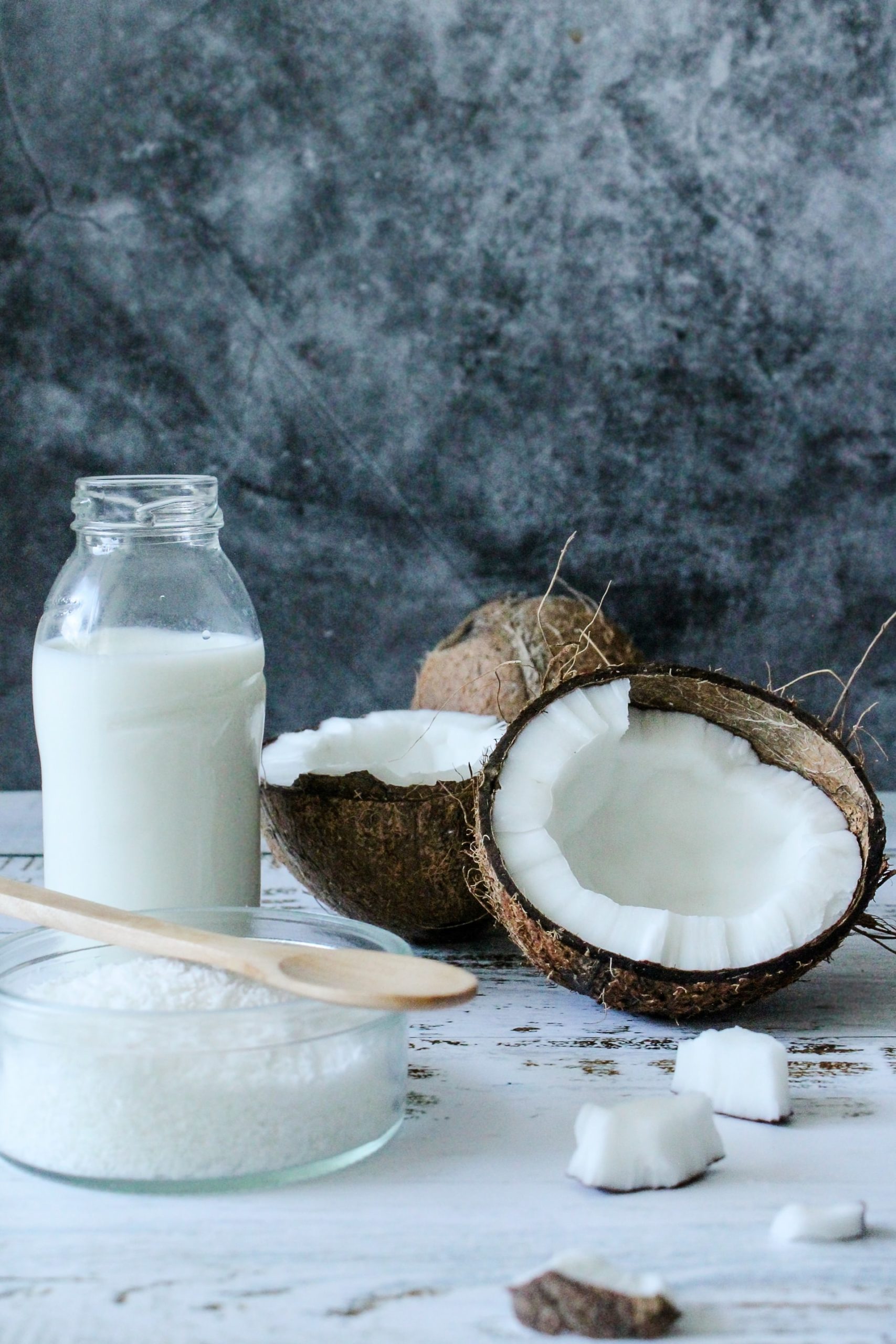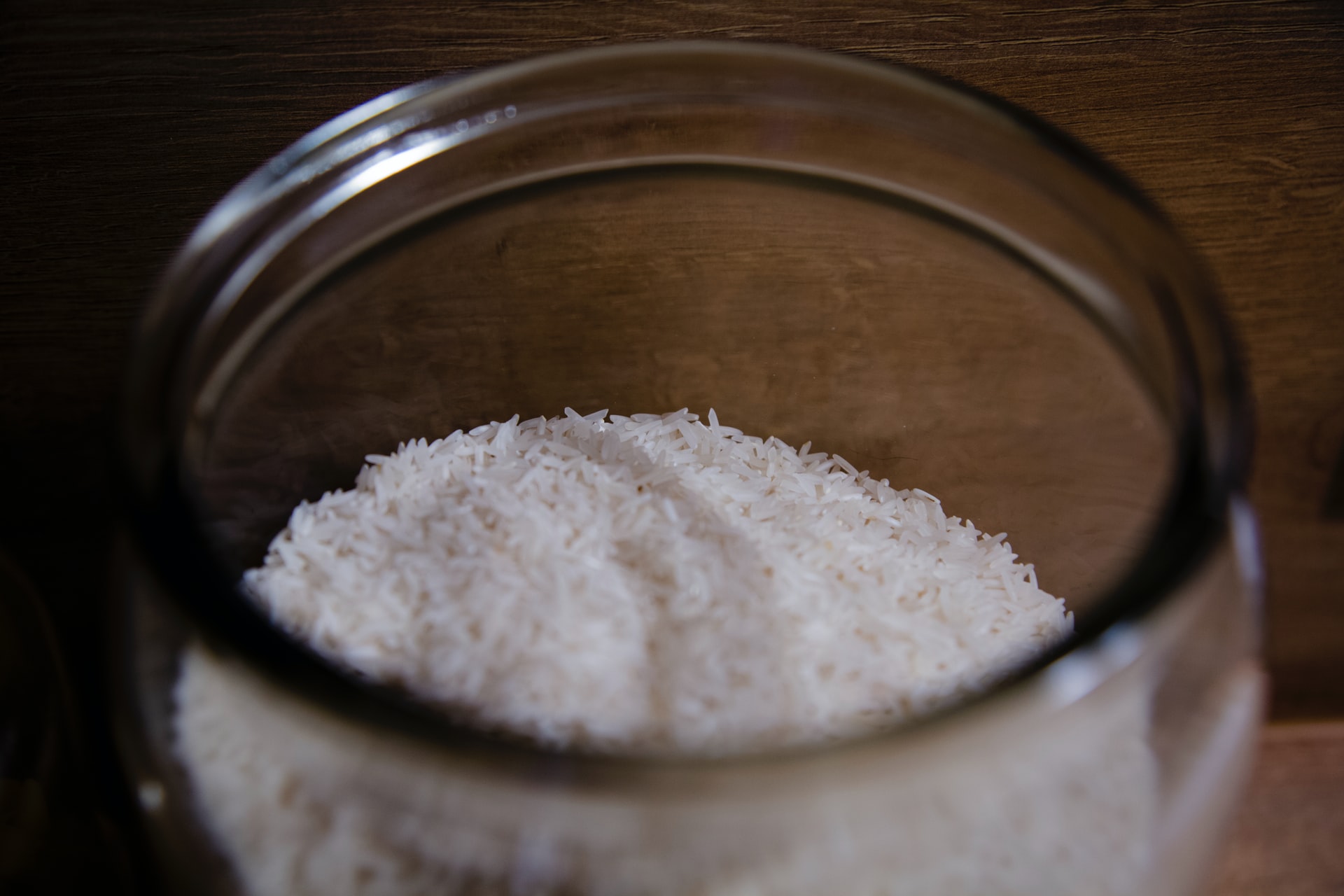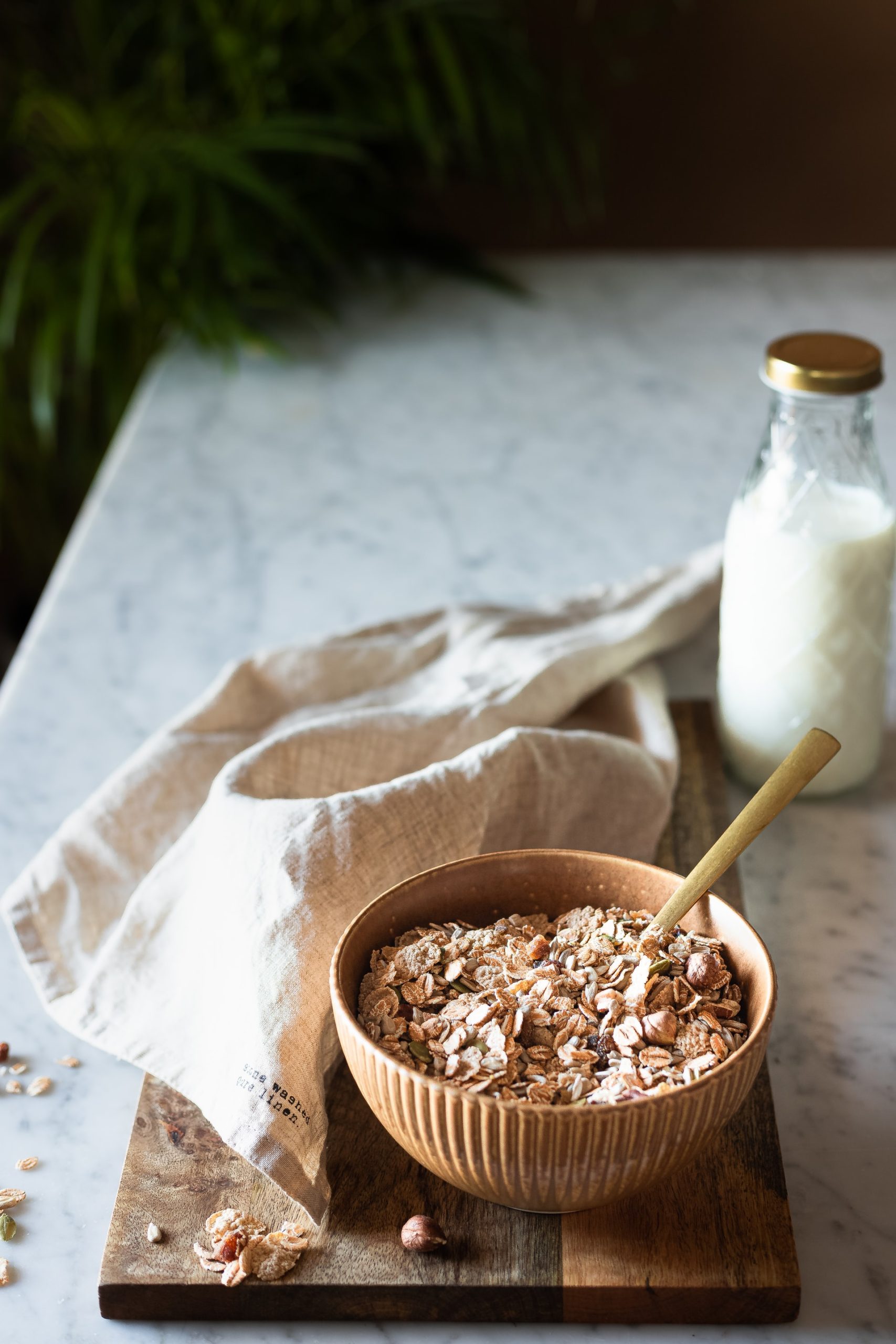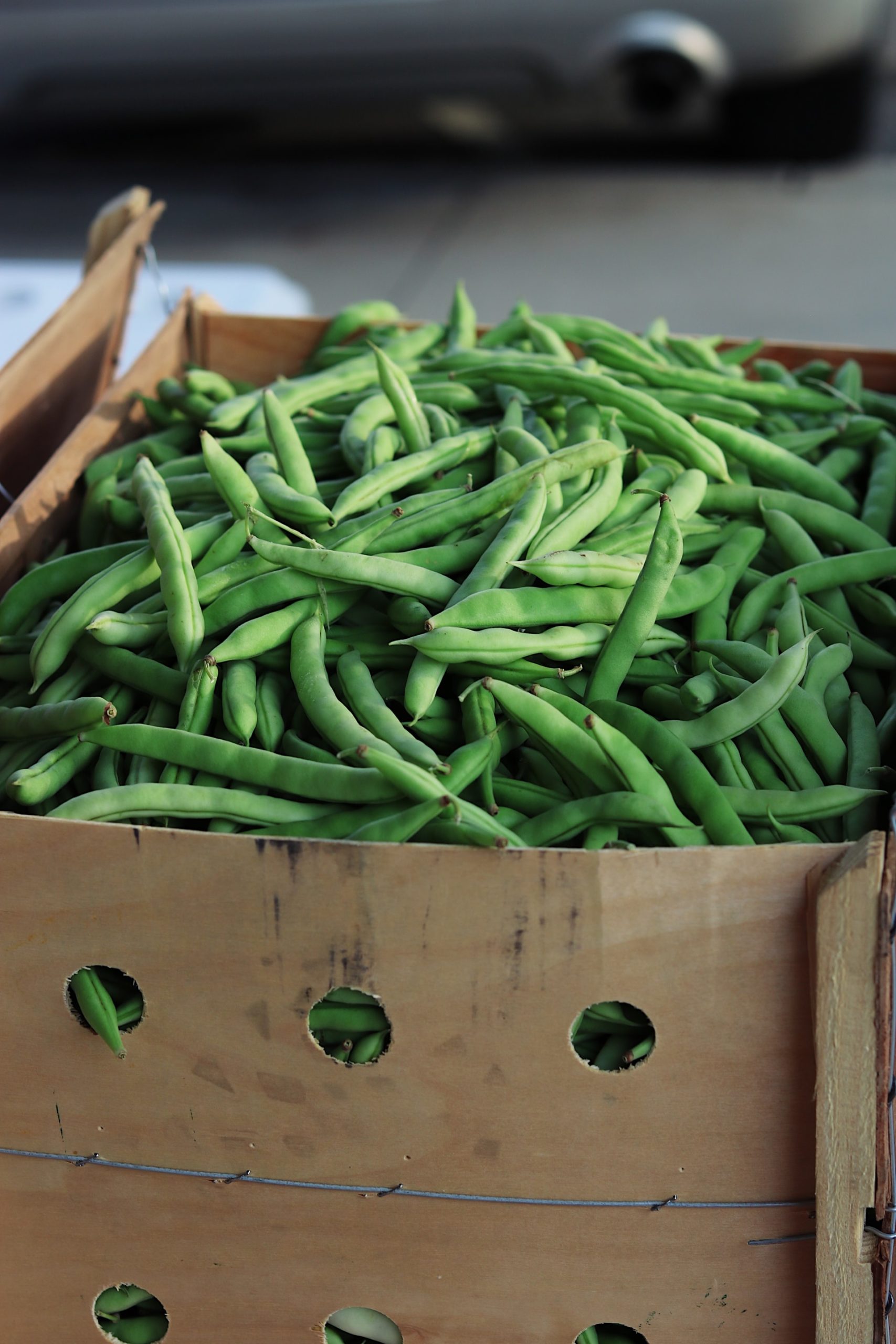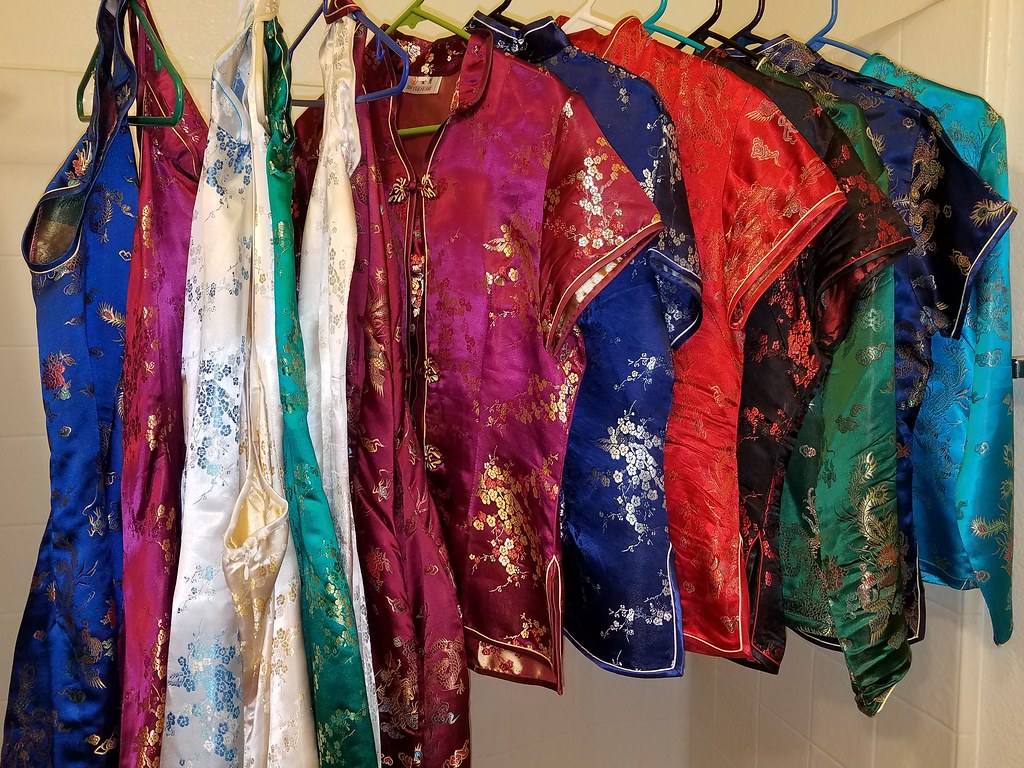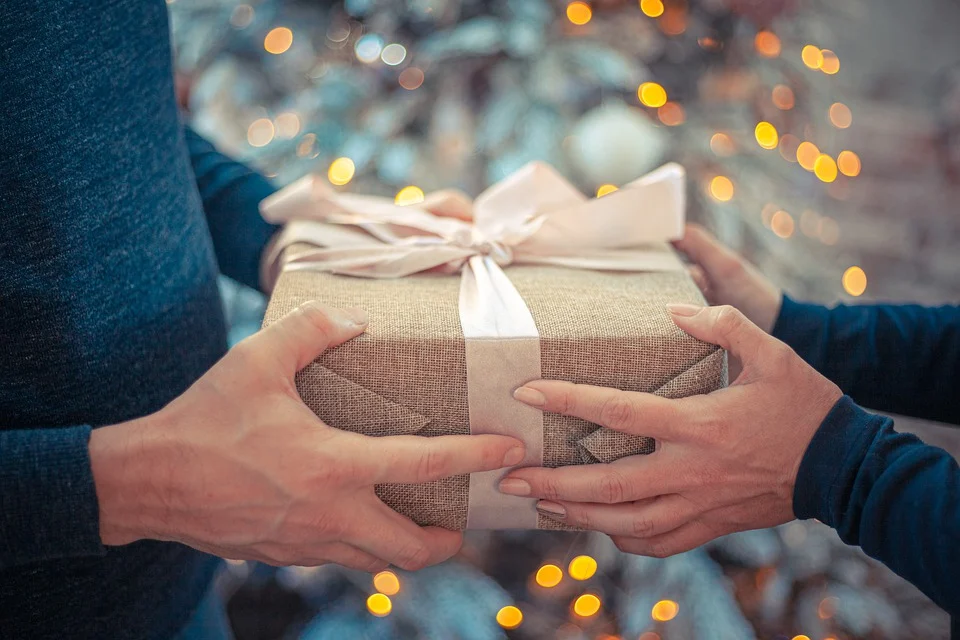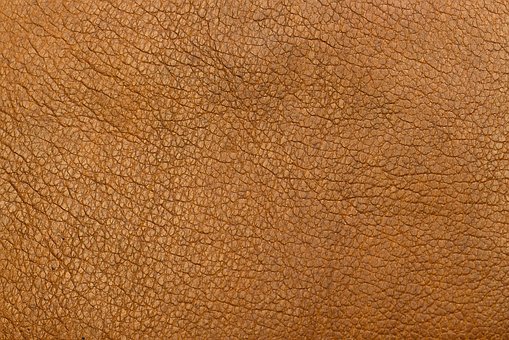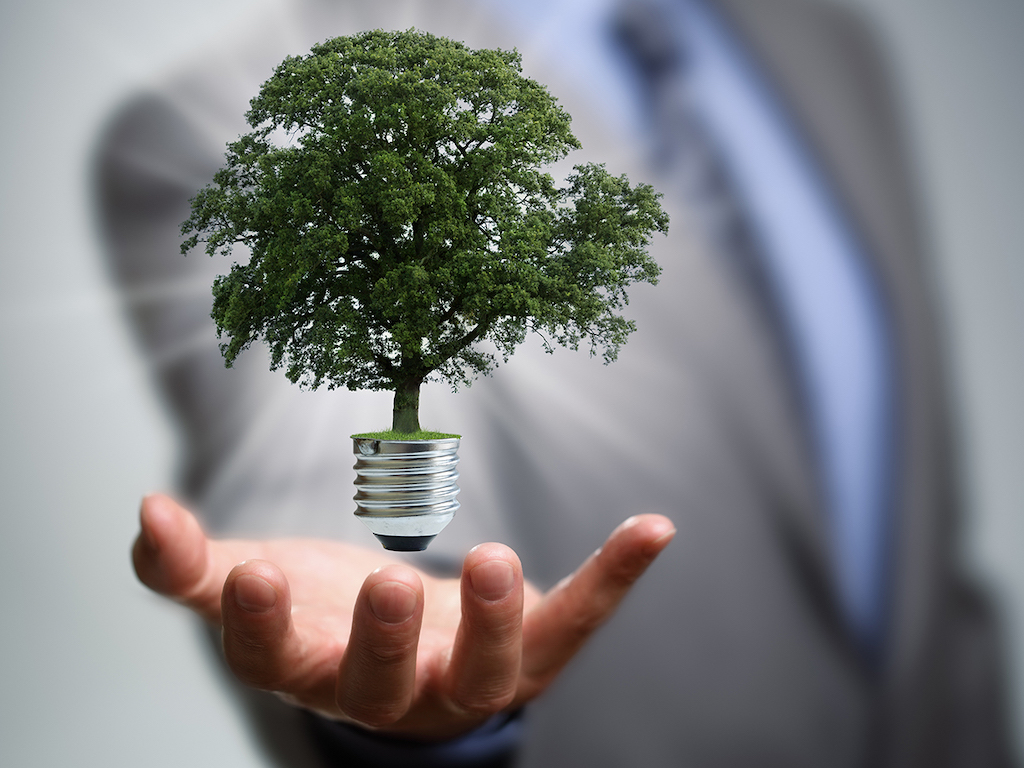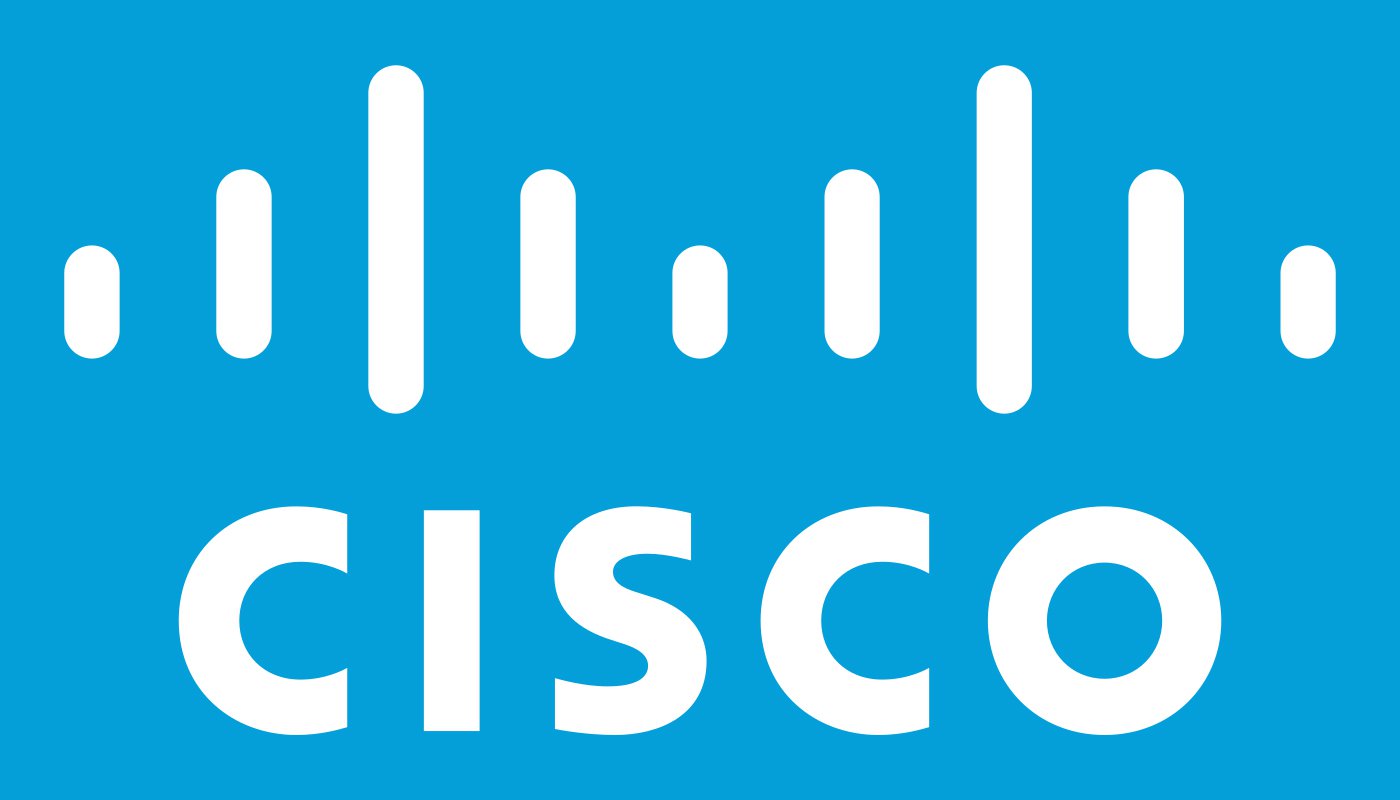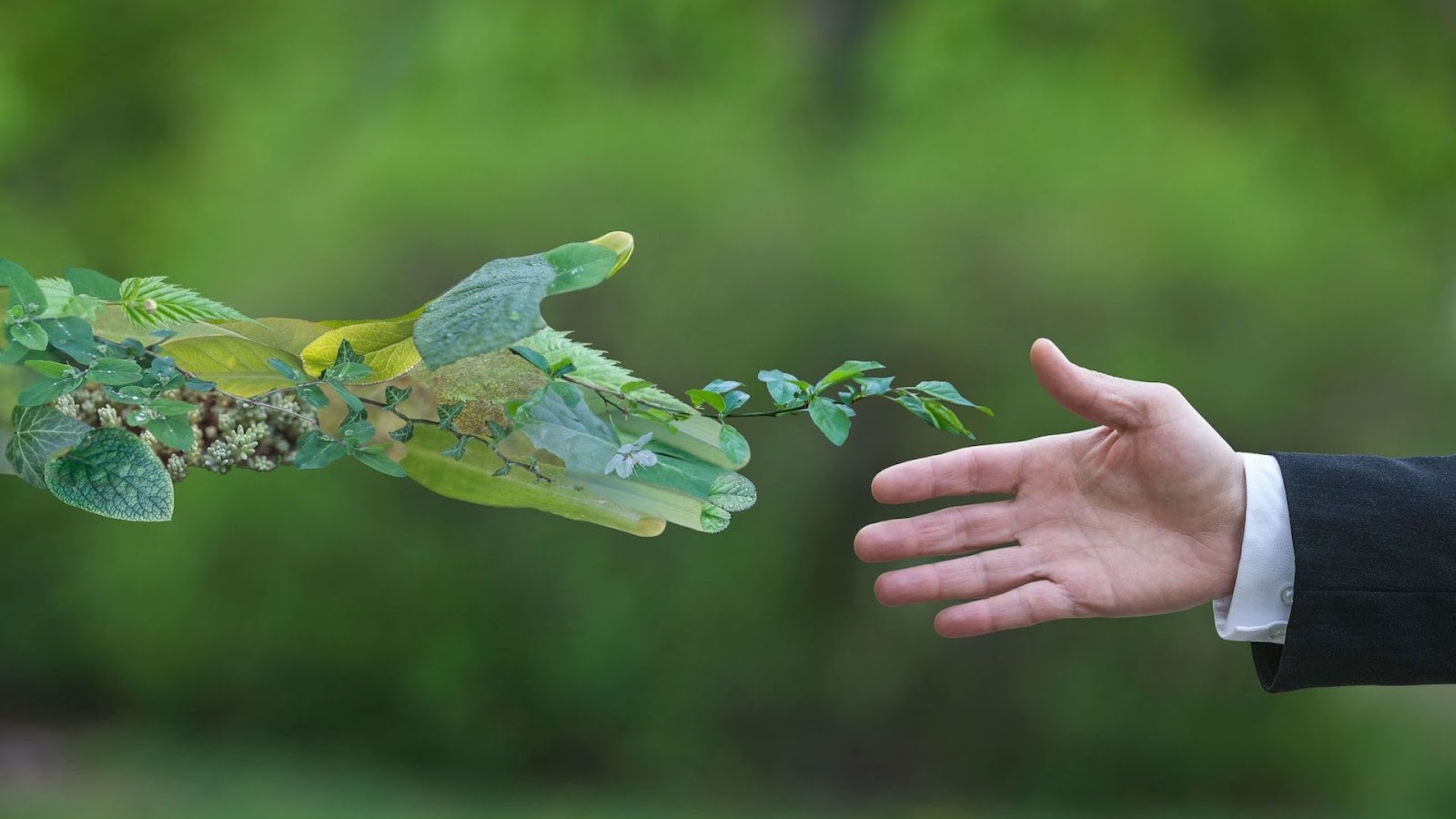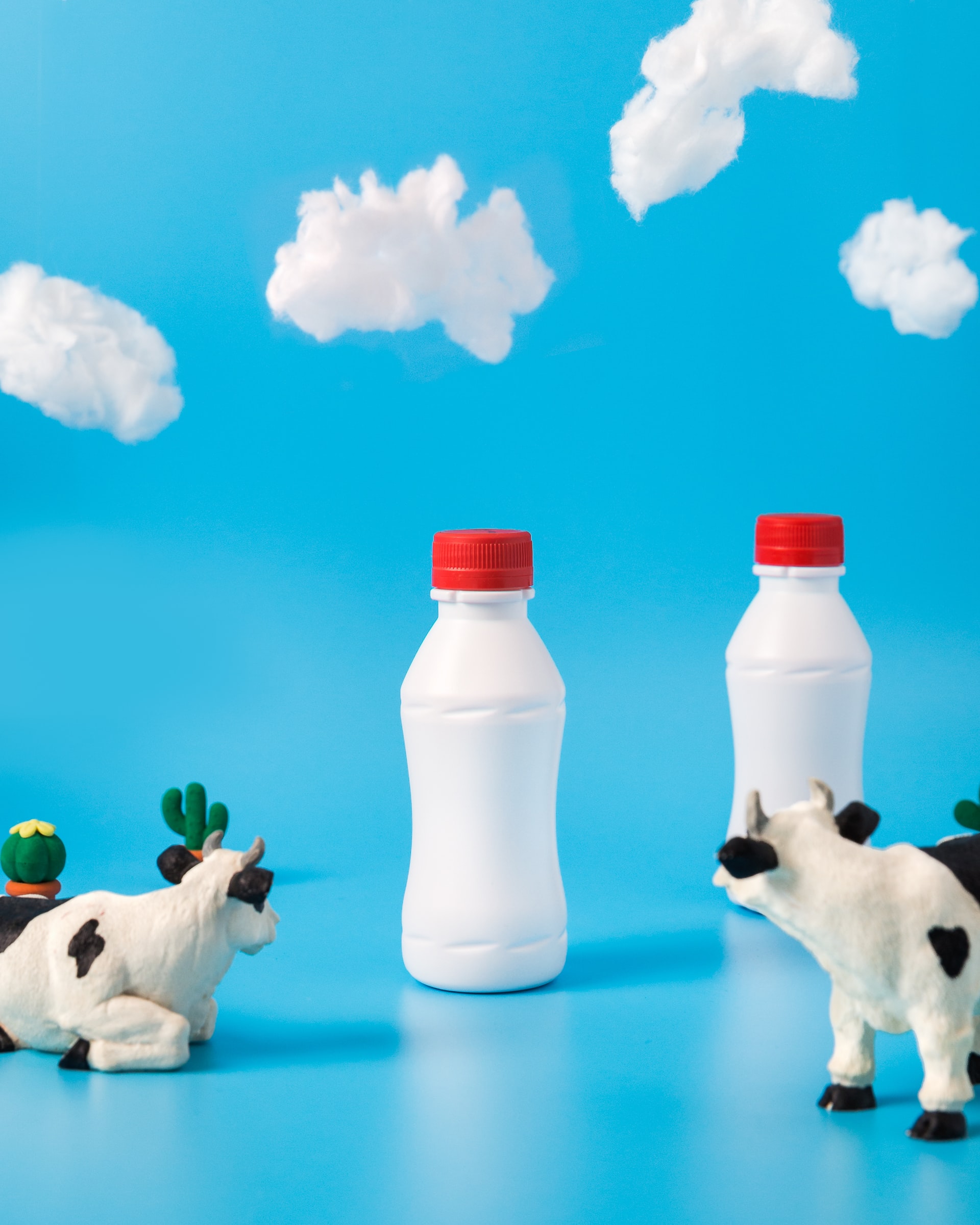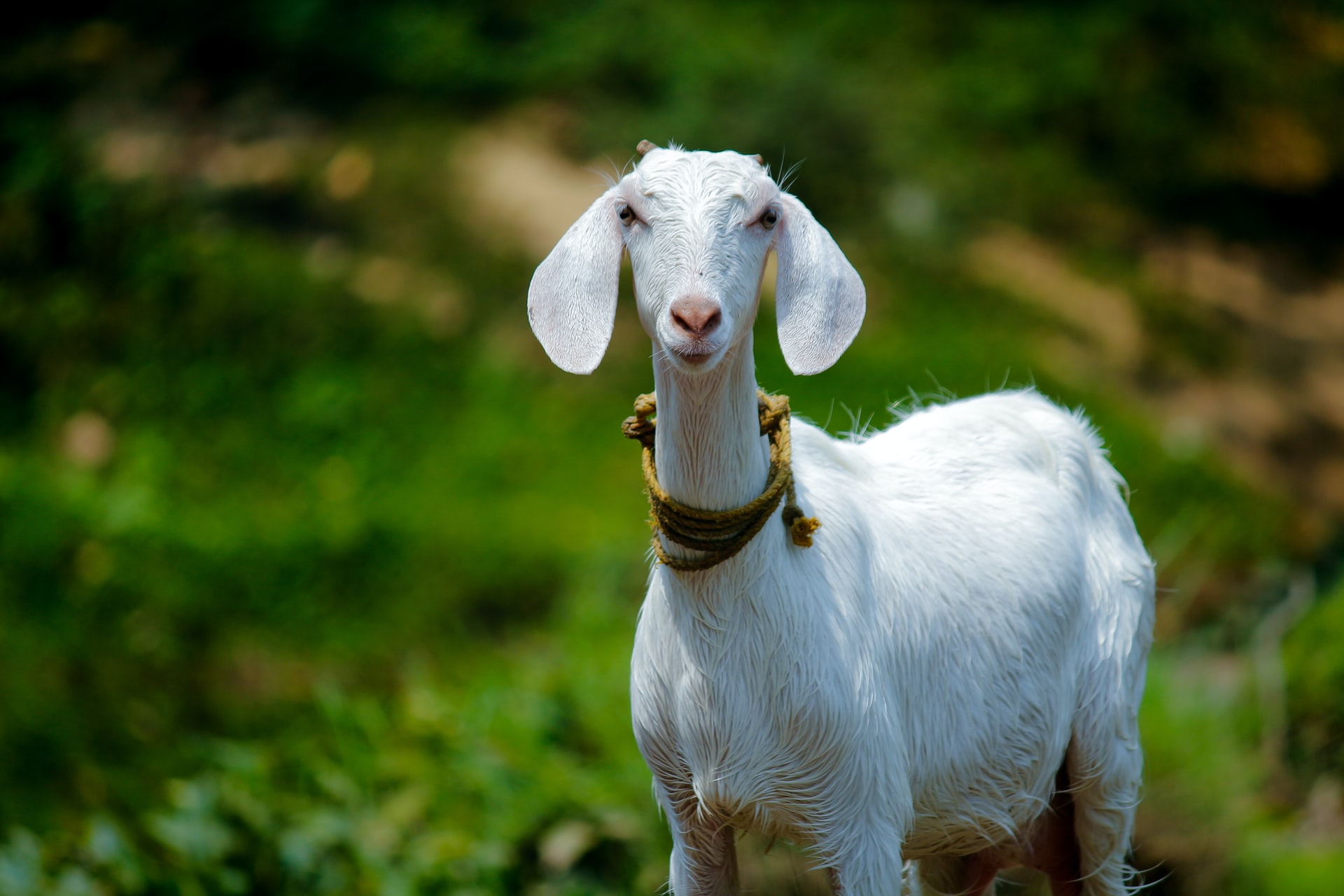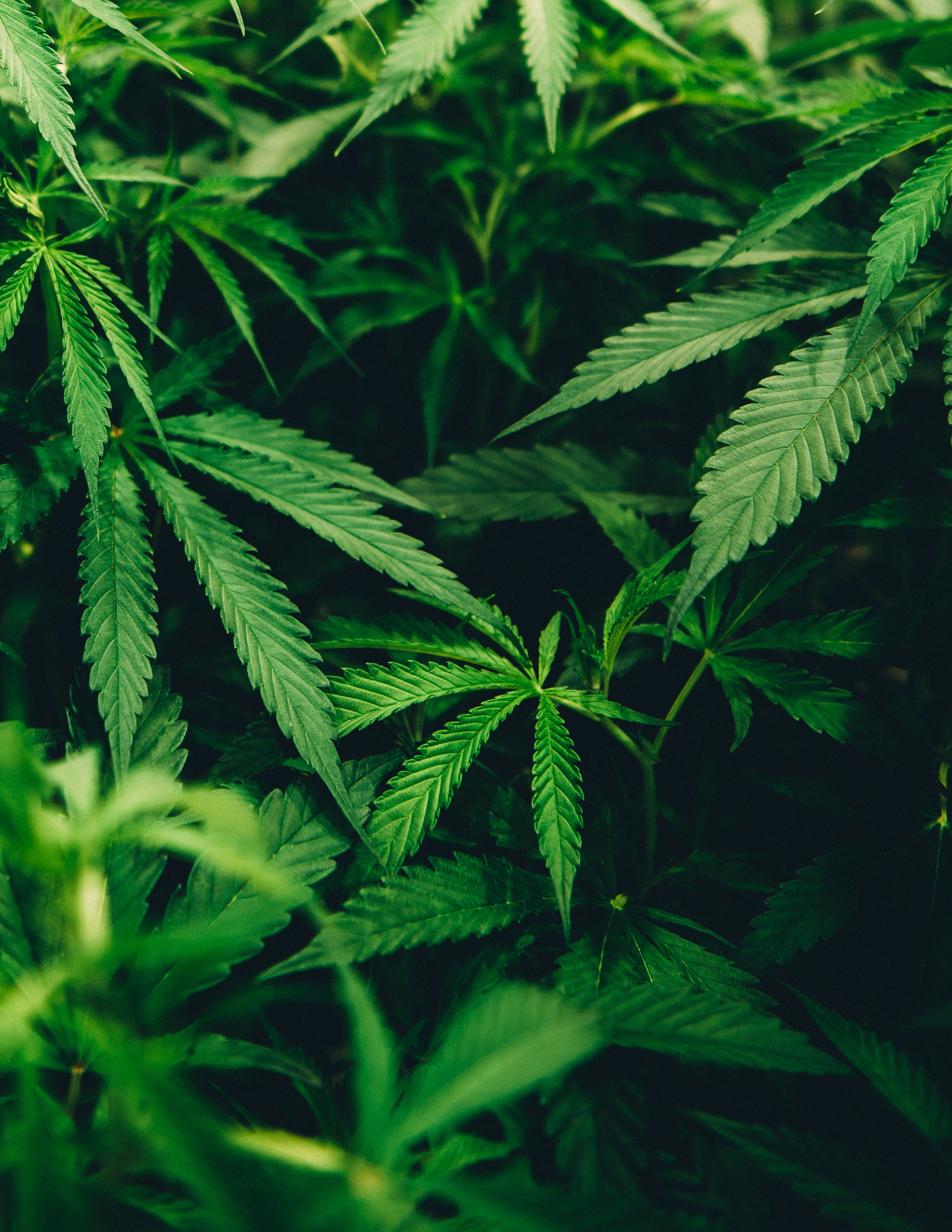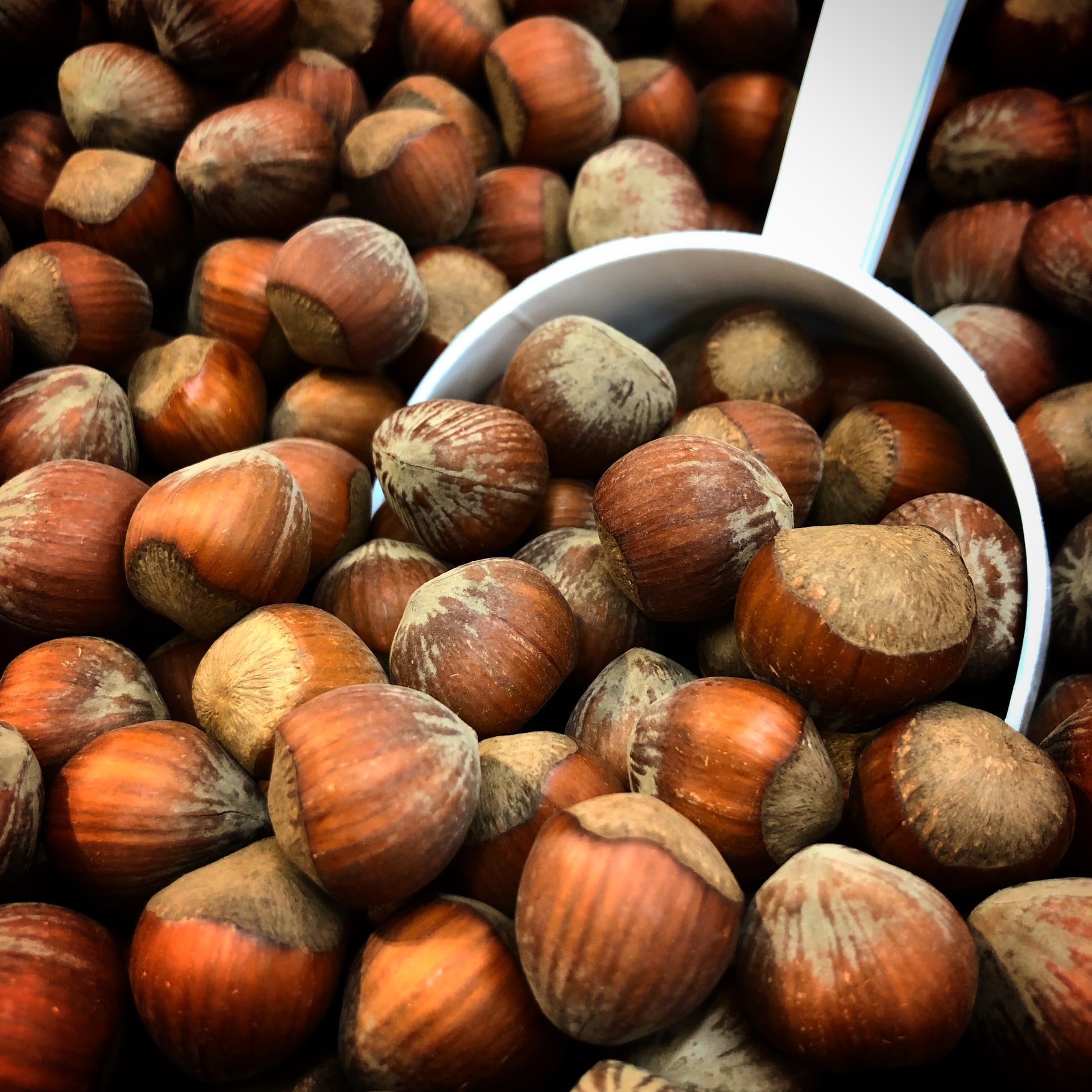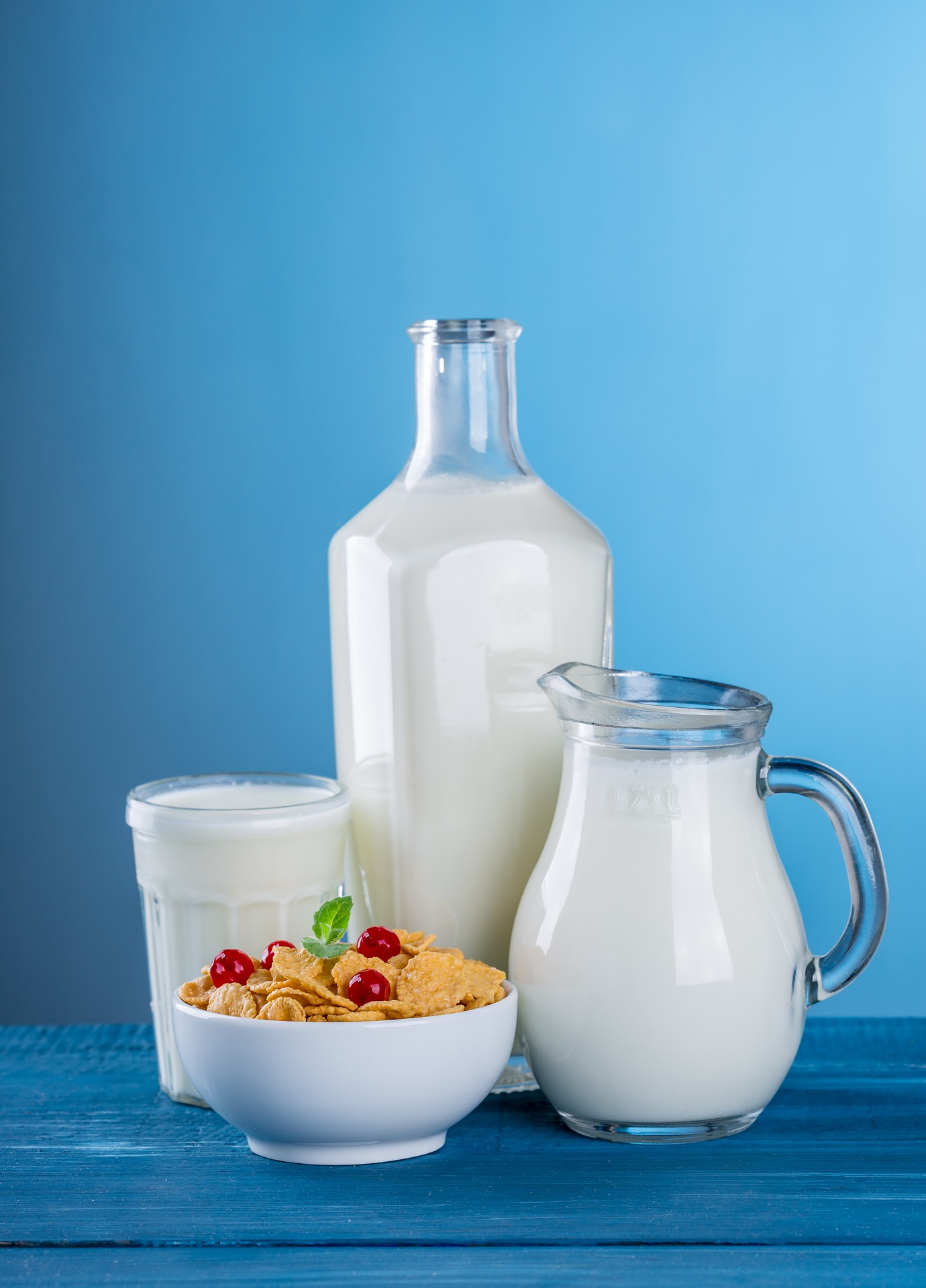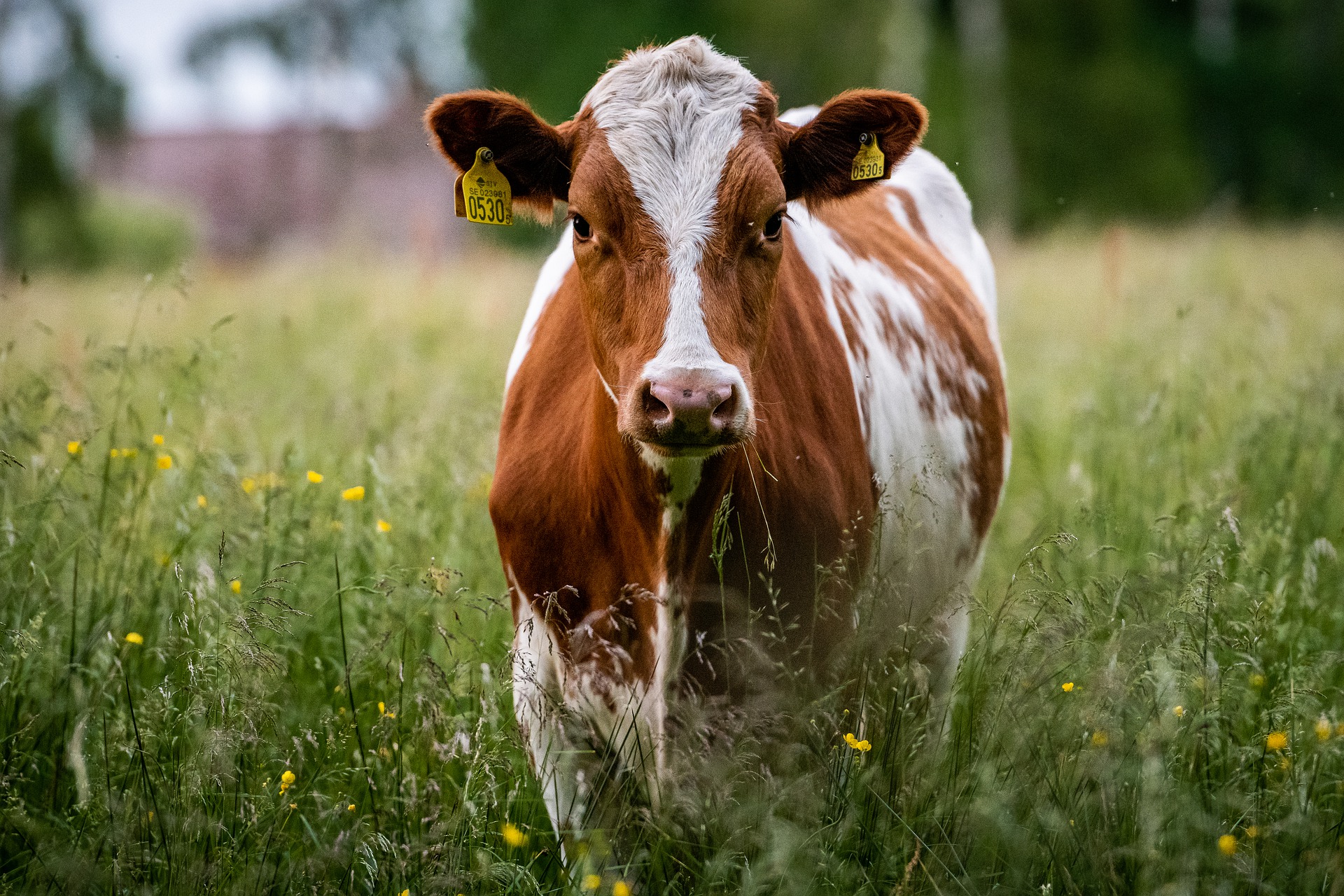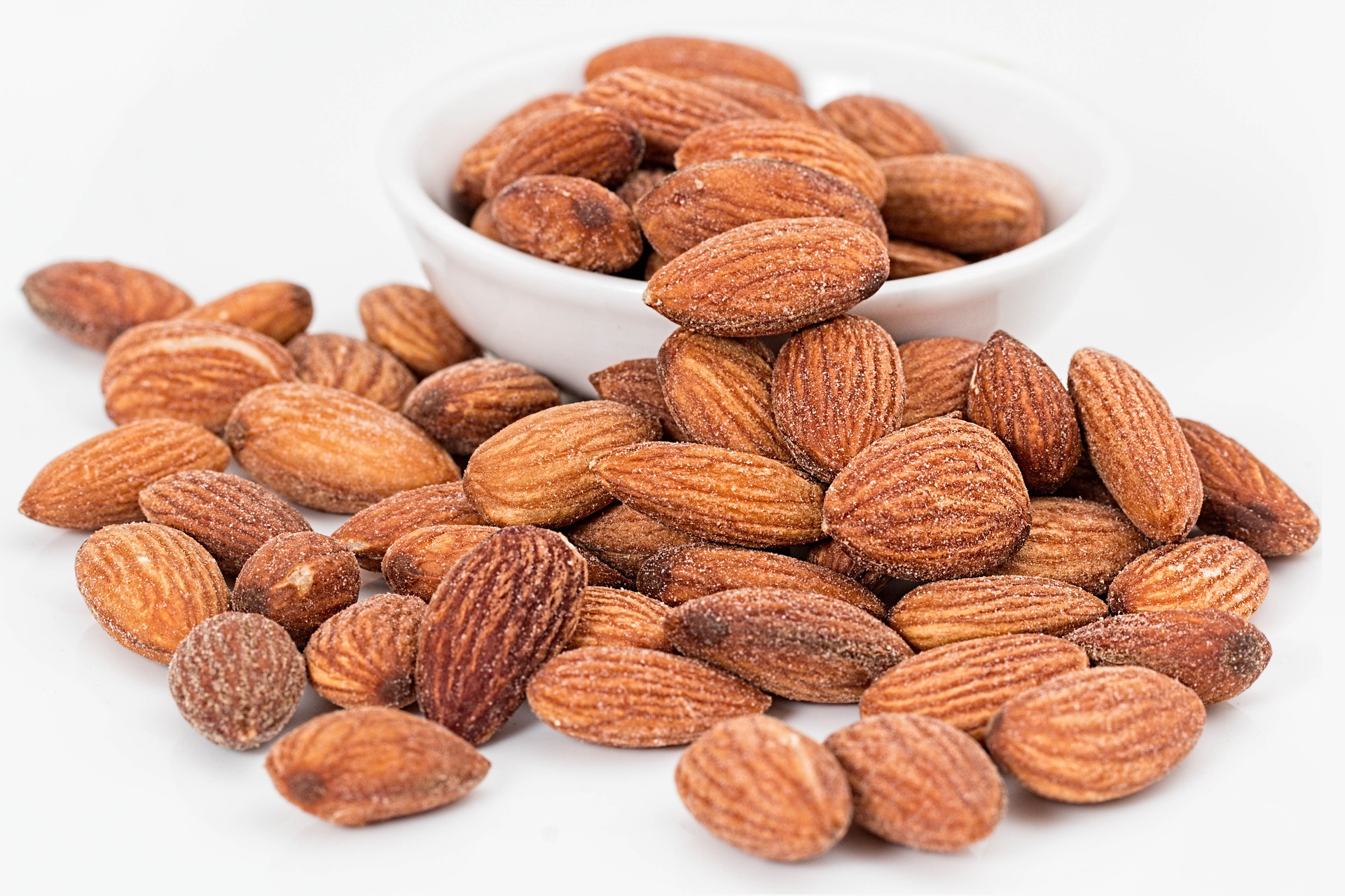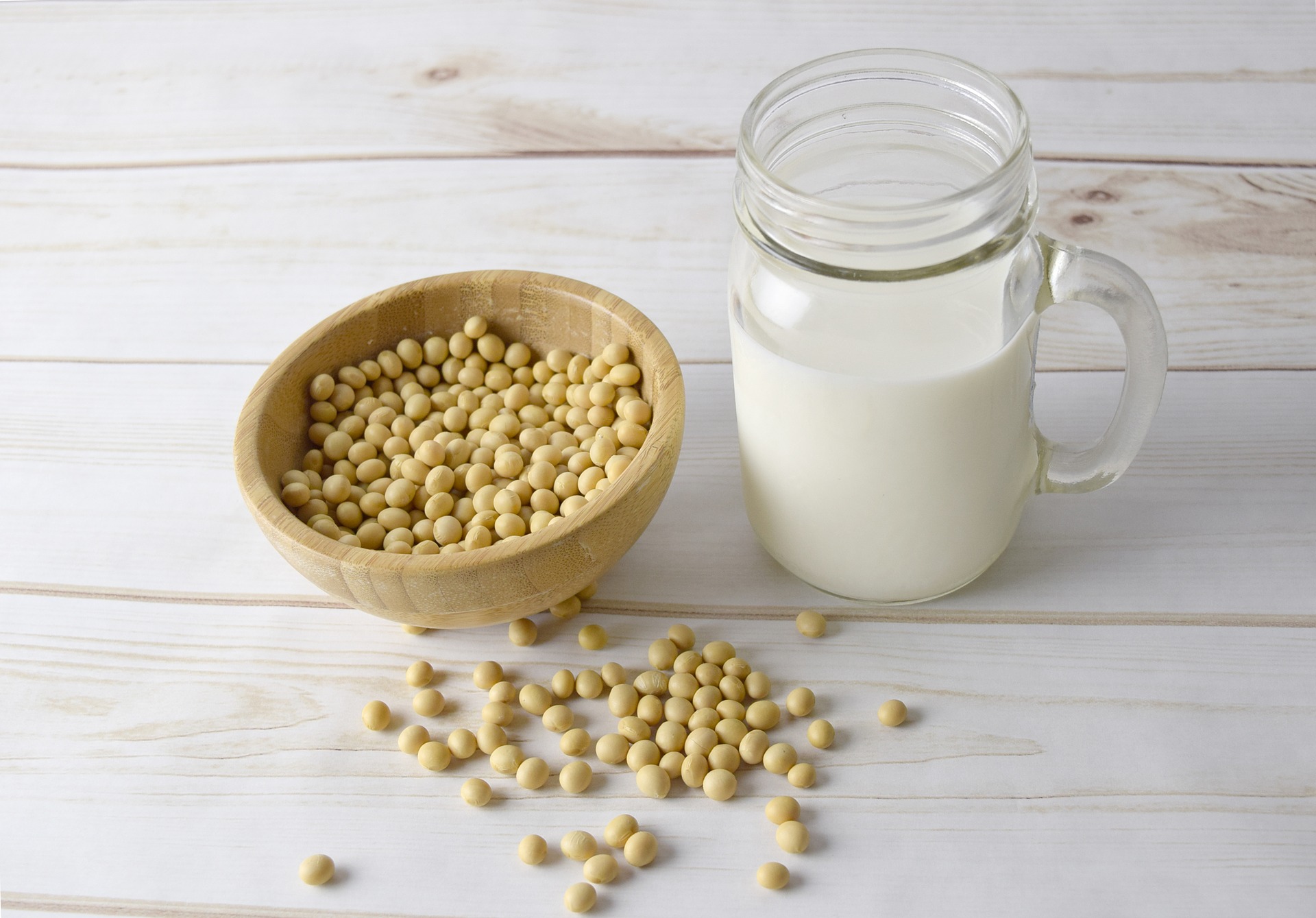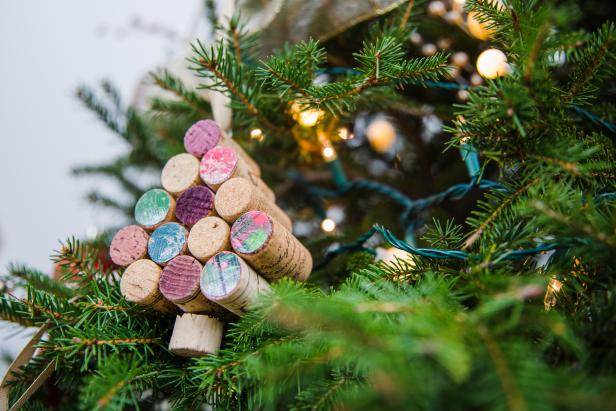Traveling is wonderful, but unfortunately, not always sustainable. By flying a lot, traveling by car, and being irresponsible with water, energy, and waste in our vacation destinations, we are putting some of the most beautiful places in the world at risk. Here are some tips to help you travel sustainably!
Compensate for the CO2 Emitted by Your Flight
Airplanes are the most environmentally damaging mode of transportation, with high CO2 emissions, 5 to 15 times more than other modes of transportation such as rail.
However, never flying again is not an option for many world travelers. Besides, if you are going on vacation to Australia, New Zealand, Bali, Thailand, or Africa, there is no other choice. Nonetheless, there are a few things you can keep in mind when booking your flight to make it more sustainable and to offset the environmental pollution caused by your tour.
- If possible, book a direct flight with no stopovers. Airplanes emit a lot of CO2 and other wastes during take-off and landing.
- Travel light: The heavier the plane, the more fuel it consumes and the more pollutants it emits. Keep your bags and suitcases as light as you can and, if possible, take only hand luggage. You can also save your wallet by paying extra to check in your suitcase.
Choose Sustainable Accommodations
Not all hotels are equally eco-friendly, but how can you tell if an accommodation is sustainable? Check to see if the hotel or apartment is Green Key certified. This is an independent international organization for sustainable tourism. Besides, all-inclusive holidays are not the best option for the environment. All-you-can-eat and all-you-can-drink is delicious, but all-inclusives often cause a lot of wastage.
Be Careful When Diving and Snorkeling
Diving among the colorful coral reefs is a highlight for visitors to Australia, Indonesia, and Egypt. Who wouldn’t dream of snorkeling in the Great Barrier Reef? Unfortunately, the Great Barrier Reef, like other coral reefs worldwide, is in grave danger of disappearing altogether. This does not mean that diving and snorkeling will no longer be possible, but caution is advised. Make sure not to touch the coral and use sunscreens that do not contain oxybenzone and octinoxate.

Reduce Plastic Waste
Did you know that more than 8 million tons of plastic waste are dumped into the ocean every year? If this trend continues, the oceans will become a plastic soup. Just a few changes in your travel behavior can make a big difference.
- Take a reusable water bottle with you, don’t buy plastic bottles (even the cheap ones!).
- Don’t go to restaurants or cafes.
- Don’t buy plastic water bottles, leave straws at restaurants and cafes, and take a shopping bag when you go shopping.
Use of Public Transportation
Offsetting the CO2 emitted by air travel is a step in the right direction, but ditch the plane and opt for public transportation if you want to travel even cleaner. Trains allow you to travel quickly and easily to many beautiful destinations in Europe.
For example, you can travel by train across the continent by interrailing. You can also take the night train to Prague and enjoy a city break. Once you arrive at your destination, it is advisable to use public transportation such as metro, streetcar, or bus instead of renting a car. Furthermore, cycling and walking are very healthy and good for you.

Eat Vegetarian or Vegan While Traveling
Some of you may already leave meat and dairy products at home, but why not do so once in a while when traveling? More and more people are vegetarian or vegan, which is reflected in the menus of restaurants. In trendy cities like Berlin, London, and New York, there are countless vegetarian and vegan restaurants where you can enjoy delicious food. Good for the body, good for the animals, good for the environment, and good for nature!
Buy Second-Hand Suitcases and Backpacks
We all like to buy new suitcases and backpacks. But do you need to buy a new one? Maybe one of your friends or family members still has a suitcase or bag that you can use for your vacation, or you can buy an excellent used suitcase on Marktplaats or Ebay. They are a sustainable and inexpensive alternative to new suitcases.
Share your thoughts with us in the comments below!
